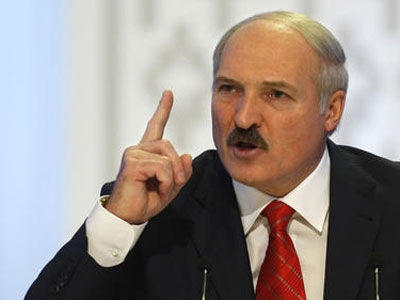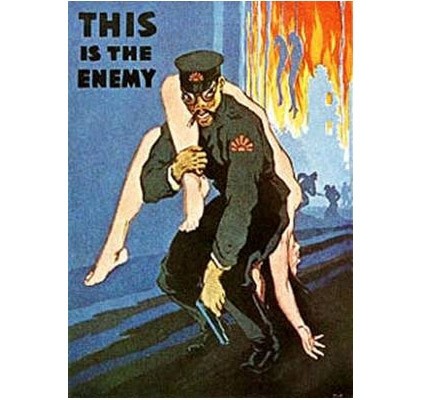The Mesira Mentality: Laws are Made to Be Broken
There’s another wrinkle in the Hasidic tax scam case (previously discussed here). The case involves wealthy Hasids giving millions of dollars in tax-deductible donations to a Jewish religious center and then getting almost all the money back after it was laundered through an international religious network. The LATimes reports that a rabbi, Moshe Zigelman, who went to jail for two years ago because he refused to testify against other Jews, is again threatened with jail if he does not testify (“U.S. threatens to send rabbi back to jail“).
This is another example of the Jewish law of mesira which enjoins Jews not to testify against Jews: “‘No earthly sanction will ever make Rabbi Zigelman abandon his religious precepts,’ Michael Proctor, an attorney for Zigelman wrote in court papers.”
Mesira is thus alive and well in Orthodox communities—practiced, as in this case, by the leading figures of the community. The prosecution will argue that Jewish religious law is irrelevant to the laws of the United States—a blow for common sense. The article cites an expert in Jewish religious law who says that mesira does not apply in modern democratic societies, but “originates from a time of oppressive and brutal secular authorities.”
Whatever the disputes among religious authorities, the fact is that there are quite a few cases in the contemporary world among traditional Jews; as John Graham has noted, mesira is a likely reason why the Bernie Madoff fraud was not investigated properly given that the signs of fraud were so obvious.
It’s another indication of the effectiveness of ethnic networks with a strong ingroup/outgroup ethic. Prosecution will doubtless be difficult without Zigelman’s testimony. Read more










